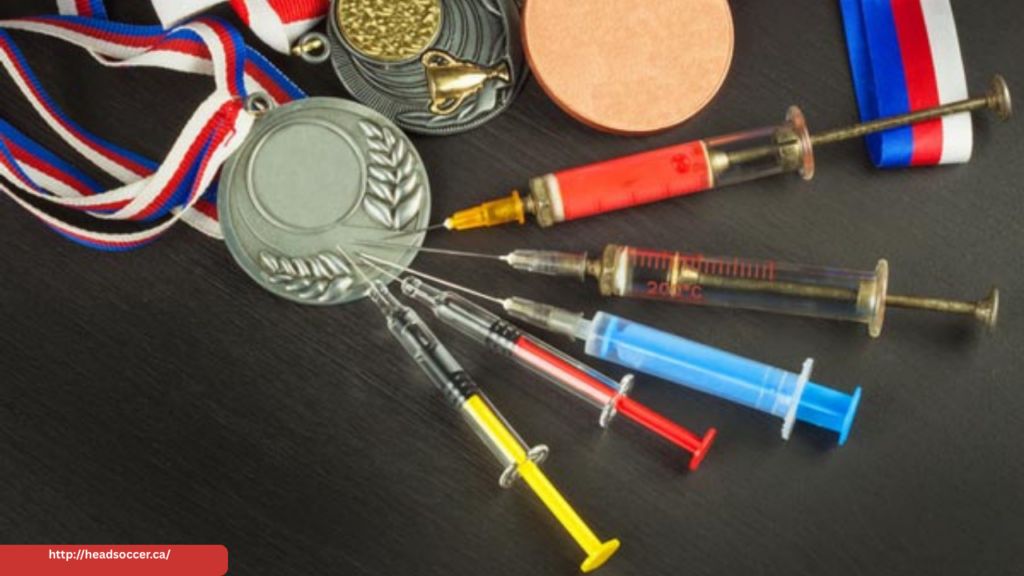
In the demanding world of professional sports, physical pain is often seen as part of the job. From sprains and fractures to chronic conditions, athletes routinely push through injury to stay competitive. While fans cheer for their resilience, the cost of playing through pain can be devastating. Prescription drugs, particularly opioids, have become a standard solution for injury-related discomfort—but with them comes a serious risk: addiction. The intersection of injury and prescription drug use has created a hidden crisis in the world of athletics.
Playing Through the Pain
Athletes are trained to be tough, to play hurt, and to recover quickly. Coaches, sponsors, and fans expect peak performance regardless of physical limitations. To meet these expectations, many athletes rely on painkillers to numb the discomfort and remain on the field or court. In the short term, these medications allow them to fulfill their professional obligations and avoid losing their spot on the team.
However, what begins as a short-term aid often turns into long-term dependency. Painkillers like oxycodone, hydrocodone, and other opioids are highly addictive. The body quickly builds a tolerance, requiring higher doses to achieve the same effect. Over time, physical dependence can develop, with withdrawal symptoms making it nearly impossible to quit without help.
From Prescription to Addiction
Many athletes start using opioids under a doctor’s care, following an injury or surgery. But even when taken as prescribed, the addictive nature of these drugs can take hold. Once the prescription ends, some athletes find themselves unable to manage the pain—or the emotional toll of not competing. In desperation, they may turn to illicit drugs like heroin or fentanyl, which are cheaper and easier to obtain.
The sports world has seen numerous high-profile cases of athletes who spiraled into addiction due to painkiller dependency. These stories, while tragic, have helped shed light on the broader issue and the need for better pain management and addiction prevention strategies.
The Mental Toll
Physical injuries are often accompanied by emotional and psychological pain. The fear of losing a career, the isolation during recovery, and the anxiety of returning to peak form all weigh heavily on athletes. When mental health challenges go untreated, the likelihood of substance abuse increases. Painkillers not only dull physical pain but also offer temporary relief from stress, depression, and anxiety—further reinforcing their misuse.
Toward a Healthier Recovery
The sports industry is beginning to recognize the dangers of prescription drug dependency. Many teams and organizations are implementing alternative pain management approaches, such as physical therapy, acupuncture, and non-opioid medications. Mental health support is also becoming more available, with athletes encouraged to seek help without fear of stigma or career repercussions.
Conclusion
Injuries are an unavoidable part of sports, but addiction doesn’t have to be. The price of pain shouldn’t include a lifetime struggle with substance abuse. By prioritizing education, mental health care, and safe treatment options, the sports world can help athletes recover fully—not just physically, but emotionally and mentally as well.
